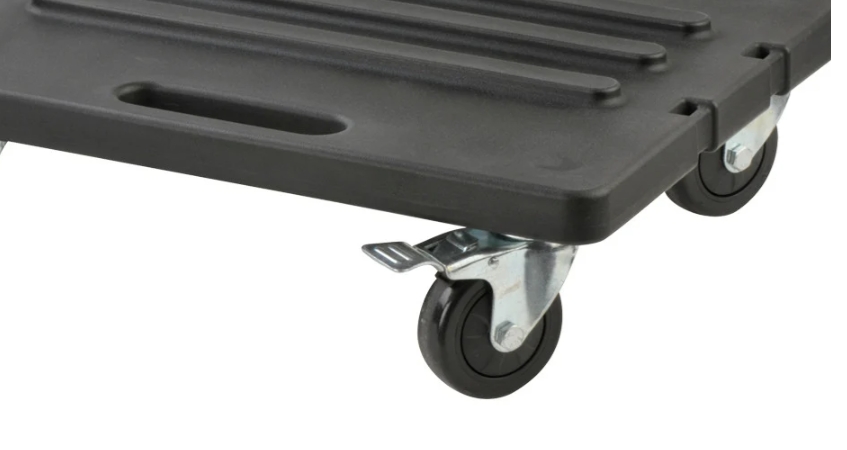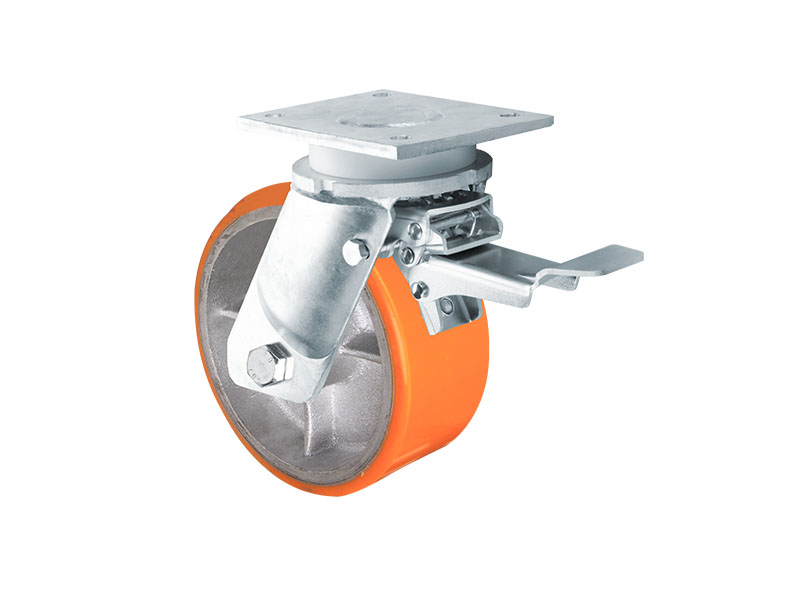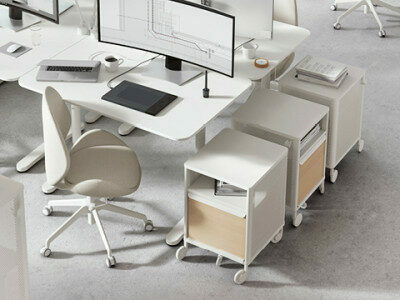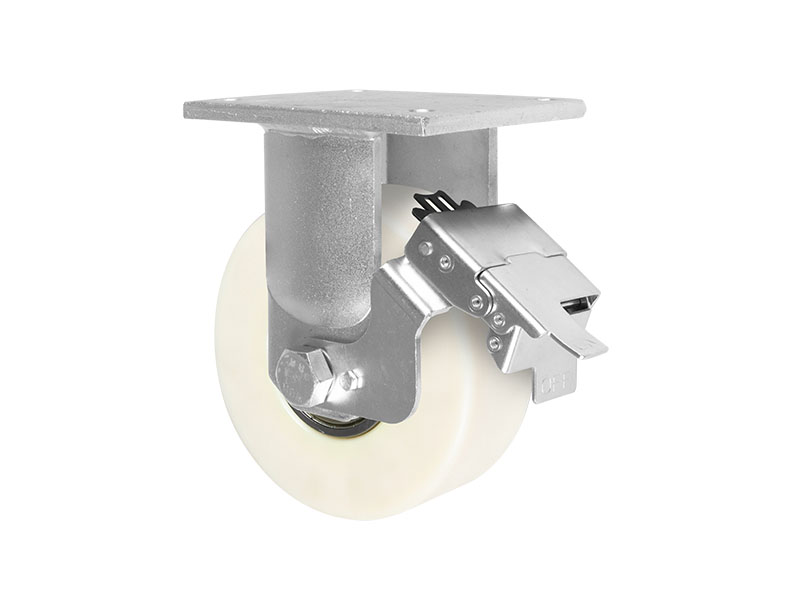Lockable caster wheels are essential components in numerous industries, offering enhanced mobility, stability, and safety for various types of equipment and furniture. Understanding the significance of these wheels and their diverse applications is crucial for optimizing efficiency and performance across different sectors.
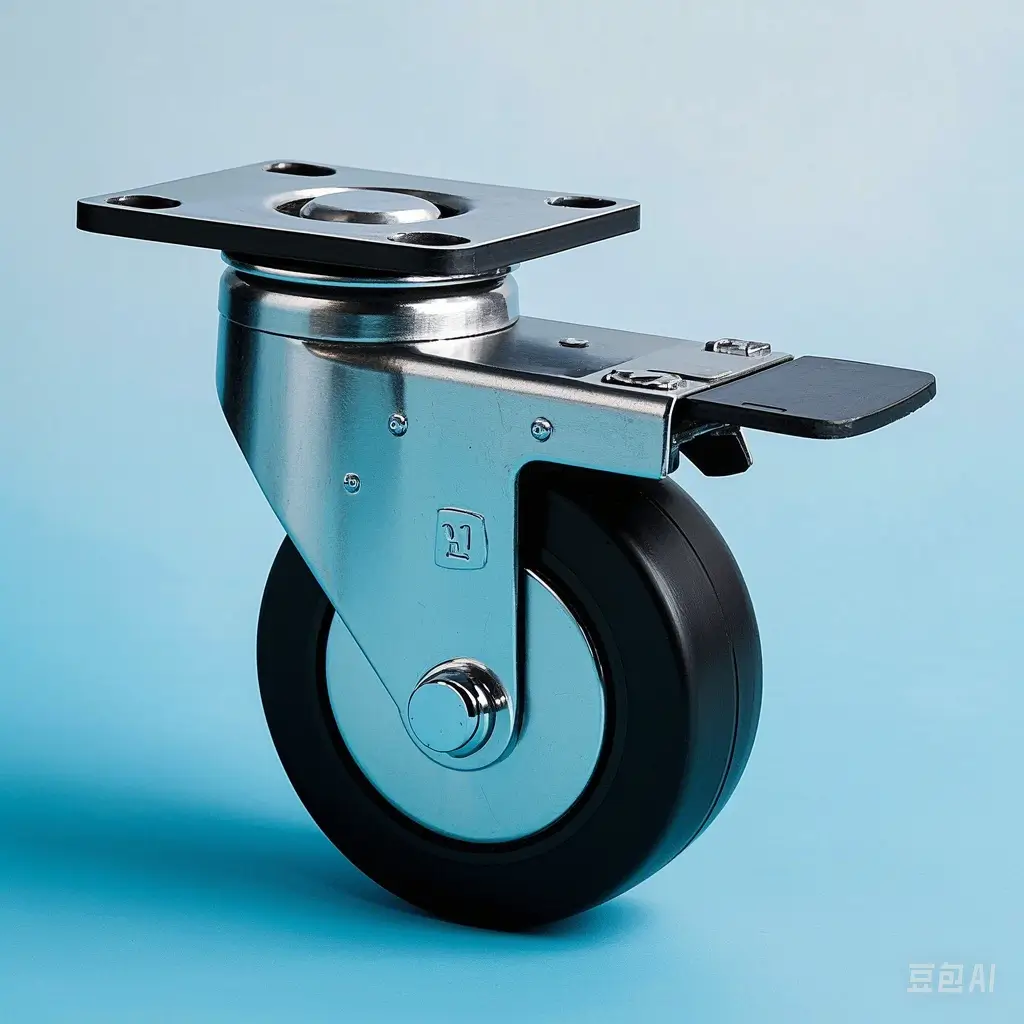
Definition of Lockable Caster Wheels
Lockable caster wheels, also known as locking casters or brake casters, are specialized lockable wheels for furniture designed to provide both mobility and stability. Unlike chair wheels with locks, lockable caster wheels have mechanisms that allow users to immobilize them when necessary, preventing unwanted movement and ensuring safety.
What are the common materials used to make lockable casters?
Lockable casters are made of diverse materials. Wheel materials include rubber for shock absorption and traction in office and hospital settings; polyurethane with high load – bearing and durability for industrial use; nylon, lightweight and with low friction for light – duty applications; and metal (steel or aluminum) for heavy – duty, high – temperature industrial machinery. Axle and bracket materials consist of steel, known for strength and cost – effectiveness in heavy – load industrial and commercial casters; aluminum, lightweight and corrosion – resistant for medical and outdoor applications; and reinforced plastic, offering a balance of strength, lightness, and affordability in consumer – grade casters.
How to lock caster wheels?
To lock caster wheels, first figure out the type of lock they have, such as pedal brakes, lever locks, or hand brakes. For pedal brakes, step down on the pedal until it makes a clicking sound. Lever locks need you to flip the lever to the locked position. With hand brakes, simply push or pull the handle. After locking, give the object a gentle push to confirm it stays in place. When you need to move the object again, reverse the locking action. To keep the locks working well, clean them regularly to get rid of debris. Always lock the casters when the object is not in use, especially on sloped or uneven ground, and make sure the locks are suitable for the type of floor you’re using.
Importance of Lockable Caster Wheels in Various Industries
Lockable caster wheels play a pivotal role in industries such as manufacturing, healthcare, hospitality, and logistics. From heavy-duty industrial equipment to medical carts and office chairs, these lockable wheels for furniture facilitate seamless movement while offering the flexibility to secure equipment in place when needed, enhancing productivity and safety in diverse work environments.
Types of Lockable Caster Wheels
Swivel Lock Caster Wheels
Swivel lock caster wheels feature a mechanism that allows users to lock the swivel motion of the wheel while still allowing it to roll forward and backward. This type of caster is ideal for applications where straight-line movement is desired, offering both maneuverability and stability.
Total Lock Caster Wheels
Total lock caster wheels provide the ability to lock both the swivel motion and the wheel rotation simultaneously, effectively immobilizing the equipment in place. These wheels offer maximum stability and are commonly used in applications where stationary positioning is required, such as medical carts and equipment stands.
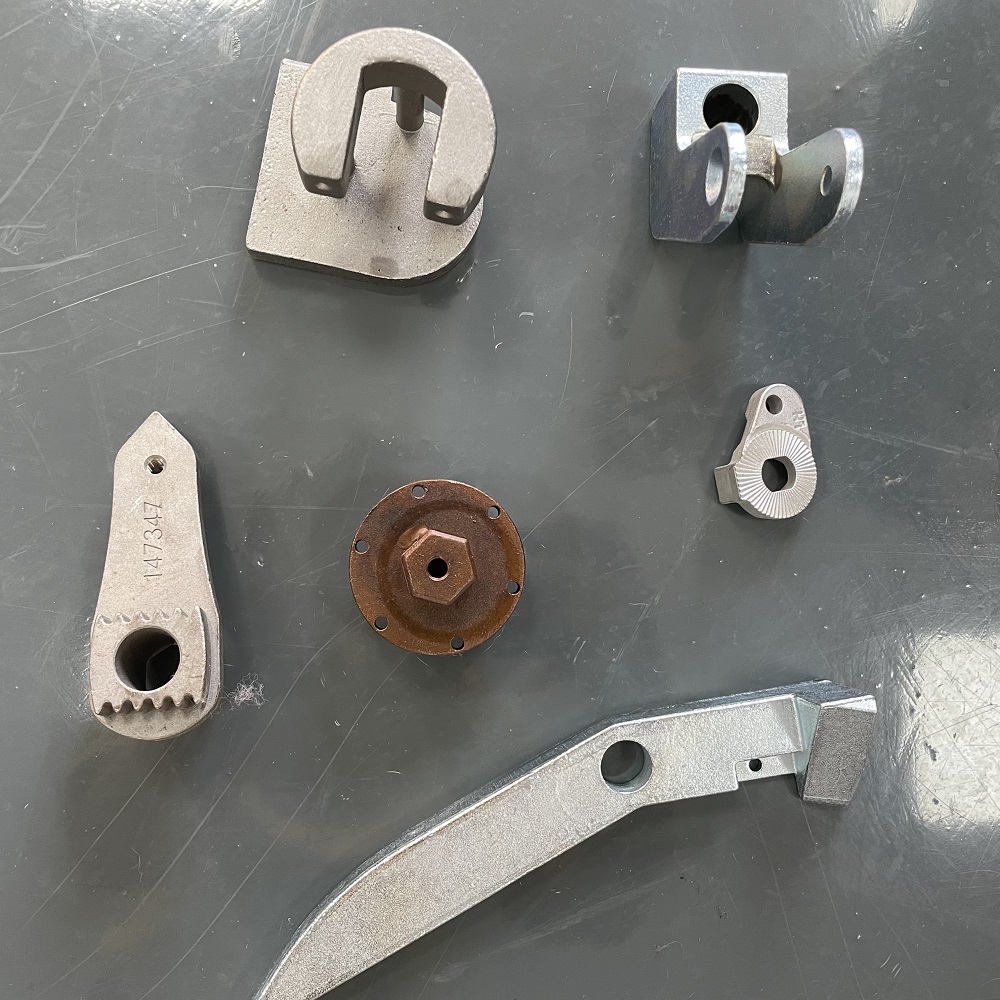
lockable furniture casters
Directional lockable office chair wheels
Directional lock caster wheels allow users to control the direction of movement while keeping the wheel locked in place. This type of caster is particularly useful for applications where precise positioning and maneuverability are essential, such as industrial carts and toolboxes.
Applications of Lockable Caster Wheels
Industrial Equipment – lock castors
Lockable caster wheels are widely used in industrial settings for transporting heavy machinery, carts, and racks. These chair wheels with locks provide the necessary mobility to maneuver the equipment within factories and warehouses while ensuring stability during operation.
Medical Equipment
In the healthcare industry, lockable caster wheels are utilized in medical carts, hospital beds, and equipment stands. The ability to secure equipment in place is crucial for patient safety and the efficient delivery of medical care in clinical settings.
Furniture with heavy duty lockable casters
Lockable caster wheels are often incorporated into furniture pieces such as office chairs, tables, and cabinets. These wheels enable easy movement of furniture while preventing unwanted shifting or sliding, enhancing convenience and functionality in both residential and commercial spaces.
Commercial Appliances of lockable caster wheels
Lockable caster wheels are essential components of commercial appliances such as refrigerators, ovens, and display racks. By securing these appliances in place, lockable caster wheels ensure safety in high-traffic areas such as kitchens, restaurants, and retail stores.
Benefits of Using Lockable Caster Wheels
Mobility and Maneuverability of lockable castors
Lockable caster wheels provide effortless movement and maneuverability, allowing users to transport equipment and furniture with ease. Whether navigating tight spaces or moving heavy loads, these wheels enhance efficiency and productivity in various environments.
Stability and Safety of lockable casters
One of the primary benefits of lockable caster wheels is their ability to provide stability and safety. By immobilizing equipment when necessary, these wheels prevent accidents caused by unwanted movement or shifting, ensuring a secure working environment for users.
Flexibility of heavy duty lockable casters
Lockable caster wheels offer versatility in usage, allowing users to adapt to different requirements and environments. Whether locking the wheels for stationary positioning or unlocking them for mobility, these wheels provide flexibility and convenience in various applications.
Rigid Caster With Metal Total Brake
Considerations When Choosing Lockable Caster Wheels
Load Capacity
When selecting lockable caster wheels, it is essential to consider the weight capacity of the equipment or furniture they will support. Choosing wheels with an appropriate load capacity ensures optimal performance and prevents premature wear or failure.
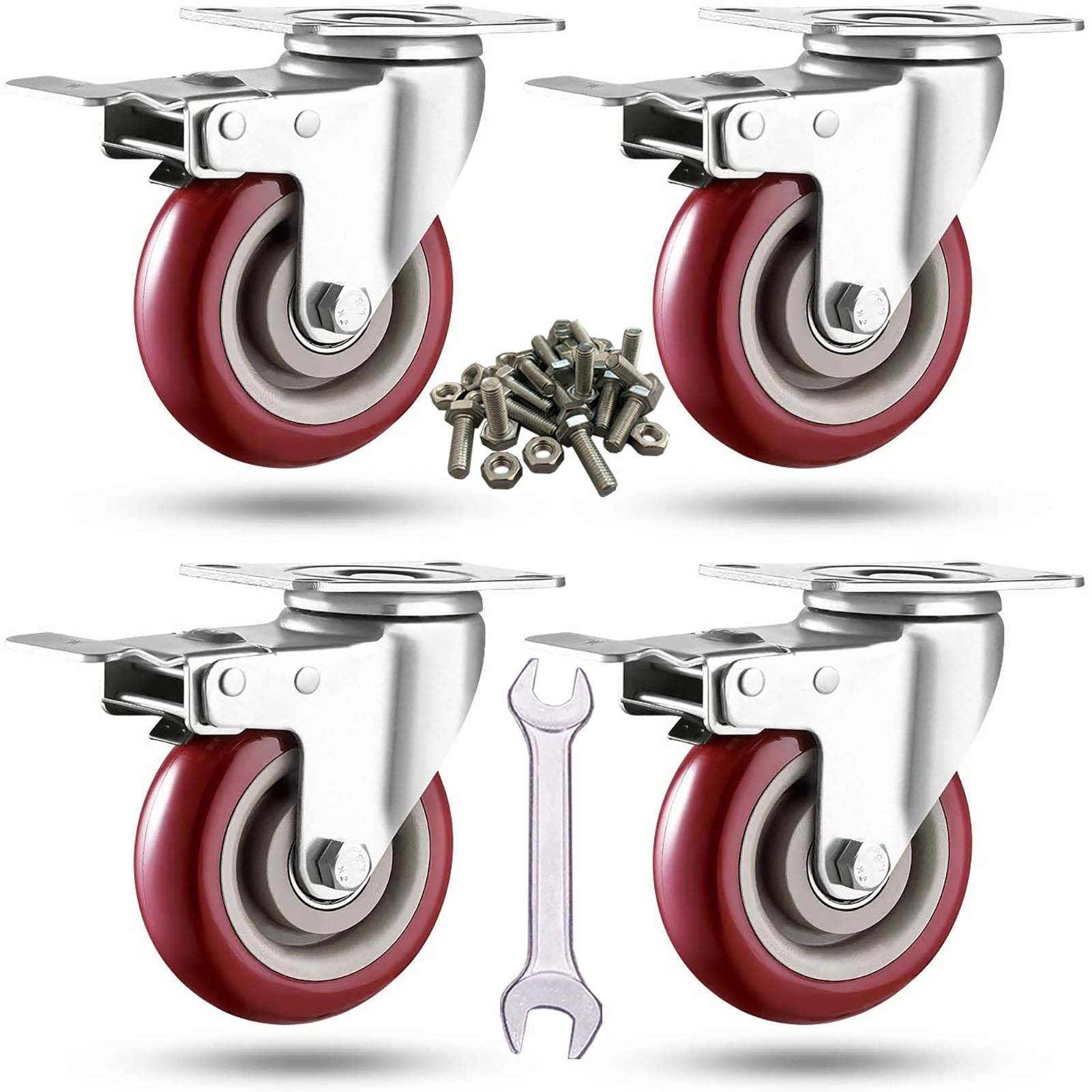
lockable casters
Floor Surface
The type of floor surface in the application area influences the selection of lockable caster wheels. Whether the floor is smooth, rough, or uneven, choosing wheels with suitable materials and designs ensures smooth and stable movement without causing damage to the floor.
Environment Conditions
Factors such as temperature, humidity, and exposure to chemicals or moisture can affect the performance and durability of lockable caster wheels. Selecting lockable castors with corrosion-resistant materials and weatherproof features ensures reliable operation in diverse environmental conditions.
Installation Requirements – lockable castors
Consideration should be given to the installation requirements of lockable caster wheels, including mounting options and compatibility with existing equipment or furniture. Proper installation ensures secure attachment and optimal functionality, minimizing the risk of accidents or malfunctions.
Conclusion of lockable caster wheels
Lockable caster wheels play a vital role in enhancing mobility, stability, and safety across various industries and applications. By understanding the different types, applications, benefits, and considerations of these wheels, users can make informed decisions to optimize performance and efficiency in their respective fields.
How to Lock Caster Wheels: A Comprehensive Guide for Optimal Safety and Functionality
The answer of How to Lock Caster Wheels is following:
Swivel Lock Caster Wheels
Locating the Lock Mechanism:
The swivel lock mechanism on these caster wheels is usually a small, easily – identifiable lever or pedal on the side of the caster. This is your key to controlling the swivel motion.
Locking the Swivel:
To lock the swivel motion, simply push or pull the lever in the direction indicated. In most cases, pushing the lever down engages a locking mechanism that effectively stops the wheel from swiveling. However, the wheel will still retain its ability to roll forward and backward, providing a useful combination of stability and limited mobility.
Unlocking the Swivel:
When you need to regain full swivel functionality, reverse the movement of the lever. Pull it up or push it in the opposite direction to release the lock and allow the wheel to swivel freely once again. This flexibility is crucial for applications where you need to change the direction of movement frequently.
Total Lock Caster Wheels
Identifying the Locking System:
Total lock caster wheels typically feature a more comprehensive locking system. You’ll often find a larger pedal or a two – step mechanism designed to immobilize the caster completely.
Engaging the Total Lock:
To lock both the swivel and the wheel rotation, firmly step on the pedal (if it’s a pedal – operated system). This action simultaneously activates brakes on the swivel joint and the wheel axle. As a result, the entire caster is effectively immobilized, providing maximum stability for applications where stationary positioning is a must, such as medical carts or equipment stands.
Releasing the Total Lock:
Unlocking a total lock caster wheel is just as important as locking it. Lift the pedal up, usually using your foot or a hand – operated release mechanism, depending on the design of the caster. This simple action disengages the brakes and allows the caster to move freely once more.
Directional Lock Caster Wheels
Finding the Directional Lock Control:
The directional lock control on these caster wheels can come in various forms, such as a knob, a lever, or a button – like mechanism. Locating this control is the first step in controlling the direction of movement.
Locking the Direction:
To lock the wheel in a specific direction, turn the knob or move the lever to the “lock” position. This action fixes the wheel’s orientation, enabling you to move the equipment in a straight – line or a pre – determined direction while preventing the wheel from rotating freely. This is particularly useful for applications where precise positioning and maneuverability are essential, like industrial carts or toolboxes.
Unlocking the Direction:
Reversing the operation of the lock control is all it takes to unlock the wheel. Return the knob or lever to the “unlock” or “free – movement” position, and the wheel will be able to rotate and change directions as needed.

